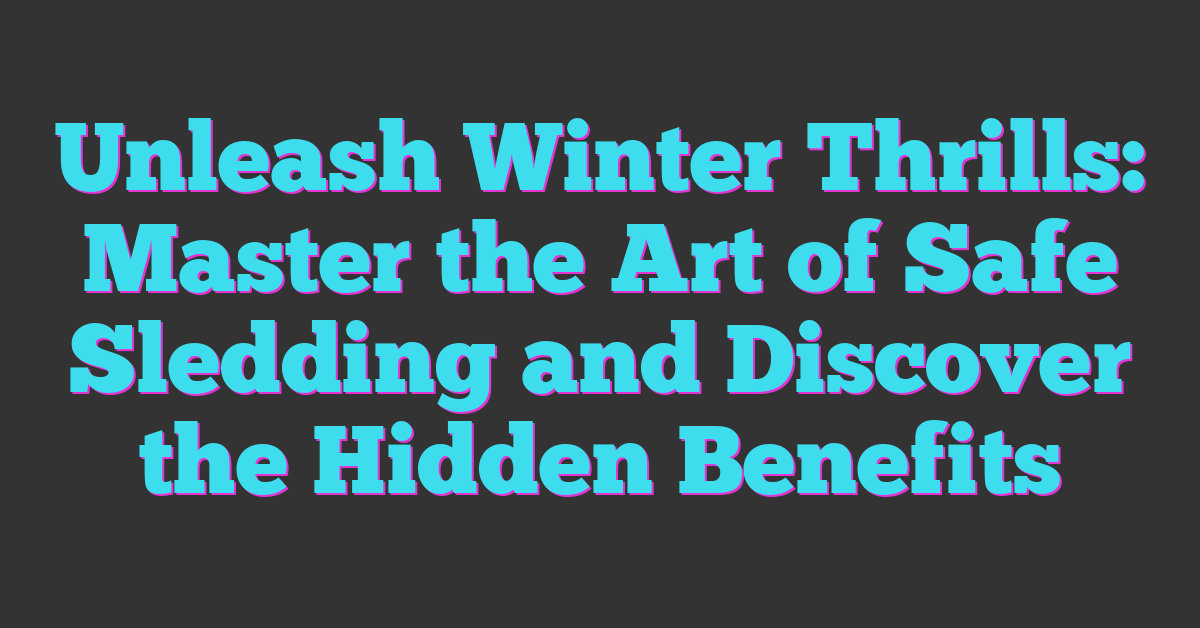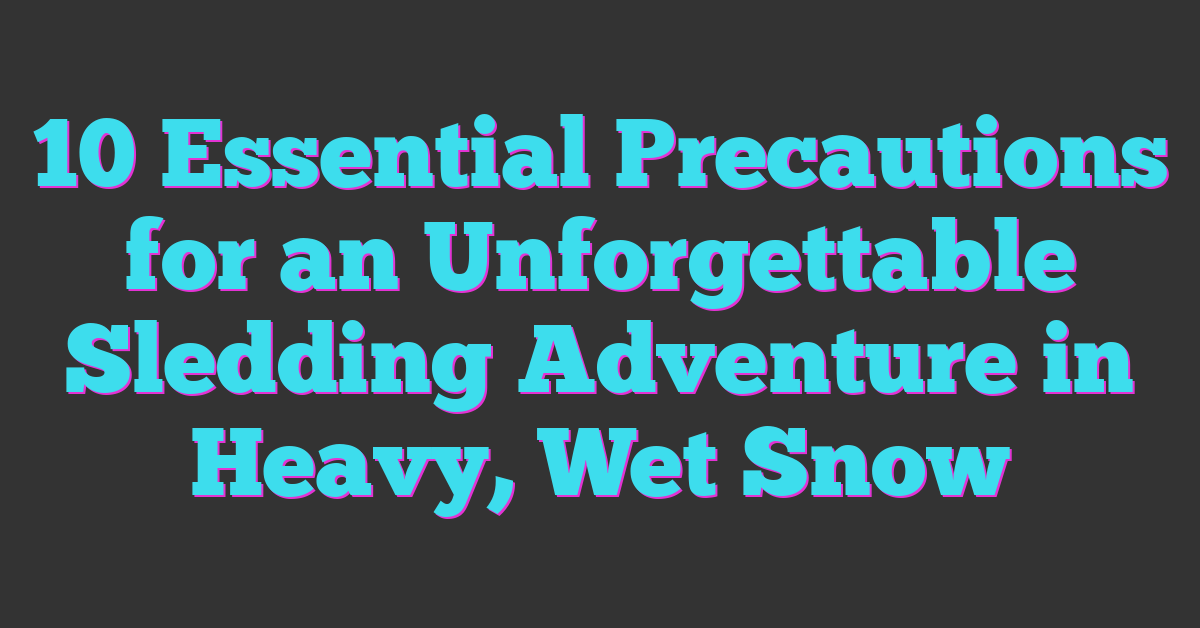Hitting the slopes can be a thrilling experience, but mastering speed control is key to enjoying your time on a snowboard. Whether you’re a beginner or a seasoned rider, knowing how to manage your speed can make all the difference between a smooth ride and a wild tumble.

Understanding Snowboard Speed Control Techniques
Effective speed control is crucial in snowboarding, impacting your ride’s quality and safety. Gaining a solid understanding of these techniques enhances your ability to maneuver and enjoy the slopes confidently.
Importance of Speed Control in Snowboarding
Speed control lets you navigate varied terrains and manage different conditions. You’ll find that maintaining the right speed can prevent falls and collisions, helping to create a more enjoyable experience. It also allows you to adapt quickly to the environment, whether you’re cruising down groomed runs or tackling challenging backcountry paths. Learning speed control builds confidence, making it easier for you to explore new trails and push your limits.
Overview of Common Techniques
- Carving: You use sharp turns and edge pressure to control your speed. Leaning into the turn effectively reduces momentum while maintaining balance.
- Skidding: You apply your heel or toe edge against the snow to create friction, slowing you down. This technique works well when quick stops are necessary or when navigating tight spaces.
- S-turns: You create a series of gentle turns across the slope to manage speed. By transitioning from edge to edge, you gain better control over your descent and maintain a comfortable pace.
- Hockey Stops: You can come to a quick stop by flicking your board sideways, using both edges. This maneuver effectively reduces speed instantly, making it essential for sudden stops.
- Body Positioning: You maintain a low center of gravity by bending your knees. This posture enhances control over your board and helps you adjust your speed on the fly.
Mastering these techniques provides you the tools to enjoy every ride safely while navigating the mountains. Remember, practice leads to improvement, so take every opportunity to refine your skills on the slopes.
Basic Techniques for Speed Control
Mastering speed control techniques is crucial for enjoying your time on the slopes. Here’s a look at effective methods to help you manage your speed while snowboarding.
Snowplow Method
The snowplow method is a fundamental technique for beginners. To execute this, point your snowboard tips inward while keeping the tails wider apart. This creates a wedge shape, which effectively slows you down. Pressing your heels into the snow enhances braking power, allowing for gradual speed reduction. Practice this on gentle slopes to build confidence and control before tackling steeper terrain.
Edging Techniques
Edging techniques play a vital role in speed management. By shifting your weight onto the edge of your snowboard, you can carve into the snow, creating friction that slows you down effectively. Focus on initiating turns smoothly while applying pressure on the toe or heel edge. This technique allows for better maneuverability and precise speed control. Practice transitioning between your edges on different slopes to refine your skills and adapt to varying conditions.
Advanced Speed Control Techniques
Mastering advanced speed control techniques enhances your snowboarding experience by allowing you to navigate various terrains confidently. Here are some methods that can elevate your skills on the slopes.
Carving for Speed Control
Carving is an essential technique for maintaining control while gaining speed. You achieve this by shifting your weight onto the edge of your snowboard, creating a smooth arc in the snow. Make crisp, deliberate turns by pressing down through your heels or toes, depending on your direction. Focus on keeping your upper body aligned with your board to maintain balance. Practice carving on softer snow or groomed runs to refine your technique before tackling steeper slopes.
Counter-Rotation Techniques
Counter-rotation involves intentionally rotating your upper body in the opposite direction of your snowboard. This method helps you manage speed, especially when navigating tight turns or complex terrain. As you initiate a turn, twist your shoulders away from the direction you’re heading. Simultaneously, keep your knees bent and shift your weight to the downhill edge of your board. This technique promotes quicker turn initiation and improves control during steep descents. Regular practice of counter-rotation enhances your overall agility, allowing for safer navigation and greater enjoyment on the slopes.
Utilizing Terrain for Speed Control
Terrain plays a crucial role in controlling your speed while snowboarding. By understanding and utilizing the natural features of the slopes, you can enhance your riding experience and maintain better speed management.
Using Slopes and Gradients
Utilizing slopes and gradients effectively contributes to speed control. You can take advantage of steep areas to accelerate when needed. Conversely, approach flatter sections with caution, as they tend to slow you down. When carving, lean into the slope to harness gravity’s pull and maintain momentum. Conversely, on flatter terrain, focus on weight distribution to enhance friction against your edges, allowing for smoother deceleration. Always read the terrain ahead; it’ll help you anticipate changes and adjust your speed accordingly.
Navigating Obstacles
Navigating obstacles is another essential technique for speed control. Trees, rocks, and other natural features can act as speed bumps, forcing you to adapt your approach. When approaching an obstacle, keep your knees bent for stability and prepare to either pivot or carve around it. This quick decision-making keeps your speed in check while ensuring safe maneuvering. If you encounter a mogul field, use the rhythm of the bumps to regulate your speed; absorbing and releasing helps maintain control without abrupt changes in velocity. Mastering this skill enhances your ability to handle various terrains with confidence.
Practice Drills for Mastery
To gain mastery of speed control on your snowboard, practice is essential. Engaging in targeted drills enhances your skills and fosters confidence on the slopes.
Recommended Drills
- Snowplow Drill: This foundational drill helps you gain control over your speed. Point your snowboard tips inward while pushing your heels outward. Practice gliding in this position to maintain a safe, controlled descent.
- Turning Drill: Focus on making S-turns on gentle slopes. Shift your weight from toe to heel while turning. This exercise builds your ability to manage speed effectively during turns.
- Hockey Stop Drill: The hockey stop is a crucial skill for quick speed reduction. While picking up speed, rotate both your snowboard edges into the snow, creating a swift stop. Repeat until it feels natural.
- Carving Drill: Find a slope that allows you to practice carving. Lean into your turns while shifting weight onto the snowboard’s edge. This helps you maintain control and speed on both hard and soft snow.
- Obstacles Drill: Set up cones or markers on a gentle slope. Navigate around them, combining techniques like carving and skidding. This builds your ability to control speed while maneuvering around obstacles.
Tips for Effective Practice
- Consistency Counts: Make it a habit to practice regularly. Short, frequent sessions enhance muscle memory and skill retention.
- Use Visual Cues: Pay attention to your surroundings. You can use trees, signs, or other markers to help gauge your speed and adjust your techniques.
- Focus on Your Body Position: Ensure your knees are slightly bent with a low center of gravity. Maintain a relaxed stance to enhance balance and control.
- Gradual Progression: Start on easier terrain and advance to steeper slopes as your skills improve. This gradual exposure helps build confidence.
- Partner Up: Practice with a friend. They can offer feedback and motivate you to push your limits in a safe manner.
Engaging in these drills and following these tips helps you refine your speed control techniques. With dedication and practice, you’ll dominate the slopes with confidence and style.
Conclusion
Mastering speed control techniques is a game changer for your snowboarding experience. Whether you’re carving down a steep slope or navigating through trees, having the right skills at your fingertips makes all the difference.
With consistent practice and a focus on the techniques discussed, you’ll find yourself riding with more confidence and ease. Remember to enjoy the process and celebrate your progress along the way.
So gear up hit the slopes and embrace the thrill of snowboarding while keeping your speed in check. You’re on your way to becoming a more skilled and confident rider. Happy shredding!










